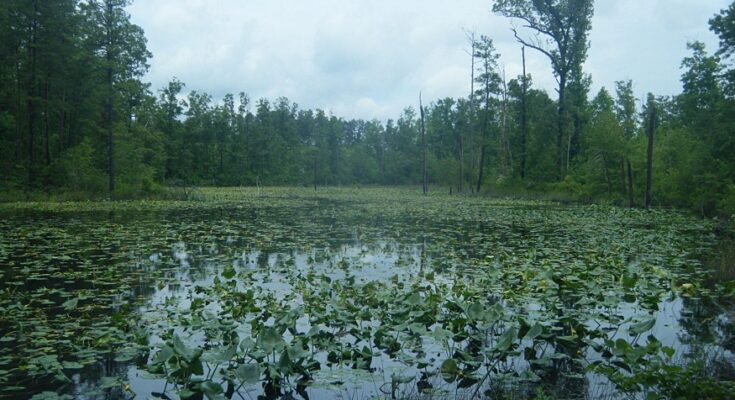How aquatic weed control is done can depend on a few factors. For instance, what aquatic weeds exist in your lake, your restrictions on aquatic weeds, and the kinds of aquatic herbicides available. The dosage of herbicides, drawdowns and other methods used to control weeds in your lake can also vary.
Identifying Aquatic Weeds
To successfully manage aquatic weeds, it is essential to identify them. Once they are placed, you can develop a proper aquatic weed control Florida. Depending on your goals, you may utilize a chemical or biological method.
Aquatic weeds are plants that grow underwater. These can range from microscopic plankton algae to large plants rooted in the pond bottom. The types of aquatic weeds are classified according to where they grow and how quickly they reproduce.
The most common type of algae is plankton. It forms mats across the water. This type of algae is also called pond scum. Algae can be harmful to fish and pets. When the algae decay, toxic materials can be released into the water.
Dosage of Aquatic Herbicides
Aquatic herbicides are chemicals that are used to control aquatic weeds. They are generally formulated as liquids or granular formulations. Some are registered as restricted-use pesticides, meaning they must be applied only by qualified applicators.
The amount of herbicide you can use depends on the weeds you try to control. It also depends on the type of plant you are trying to eradicate. Most aquatic herbicides are not directly toxic to fish. However, improper application can pose severe risks to fish and humans.
Aquatic weeds can occur in either a static or moving body of water. In these cases, it is essential to understand how the weeds interact with the ecosystem.
Drawdowns
If you are experiencing an aquatic weed problem, several techniques can be used to control it. One such technique is drawdowns. It can be very effective in preventing invasive species. However, there are a few things you need to know before you begin.
Drawdowns are done by lowering the water level in a lake or reservoir. The lower level exposes the weeds to cold temperatures and can kill off their roots.
A drawdown usually begins in the fall and continues through winter. Although they help manage aquatic weeds, they can also negatively impact fish and wildlife.
Aeration
Using aeration for aquatic weed control is a valuable tool. This is because it improves water quality, reduces foul odors, and suppresses unwanted plants. Aeration also reduces the likelihood of fish kills.
An aeration system provides a constant flow of water. It also vents gases such as nitrogen and carbon dioxide. This helps prevent algae growth and fish kills.
Algae grow in an environment with high nutrient concentrations. Nutrients can be acquired from various sources, such as fertilizer runoff, wastewater effluent, and decaying organic matter. Excessive concentrations of nutrients tend to lower the dissolved oxygen level.
Oxygen is essential for the aquatic ecosystem, especially for the plants that comprise the base of the food chain. Without sufficient dissolved oxygen, anaerobic decomposition can occur, quickly leading to the death of fish and other organisms.
Biocontrol
Biocontrol for aquatic weed control involves introducing a biological agent, such as a fish or insect, to reduce the population of an aquatic weed. The success of such power depends on the specific weed species, the level of infestation, and the nature of the habitat where the aquatic weed grows.
Several biocontrol agents have been developed in the United States. However, the effectiveness of such techniques is a difficult question to answer. In addition, the development of an effective agent is a costly undertaking.
There are two main categories of aquatic weed control methods. These include the physical removal of the weeds and chemical or biological controls.
Restrictions on Aquatic Weed Control
When managing aquatic weeds, it is necessary to consider both environmental and economic considerations. This is because aquatic weeds can affect fish and other marine organisms. In addition, their presence can interfere with the human use of water.
The first step in controlling weeds is identification. A thorough inspection of a water body can help you determine the extent of the problem, the size of the treatment you should use, and the best treatment method.
Once you have identified the weeds, you can develop a sound control program. You can consider both traditional methods and herbicides. However, you need to evaluate the effectiveness of each technique.

